Pumpkins carved by the kids. Think they’ll do the trick, some of them do look seriously scary, I’d go as far as to say, disturbed!
Here in Kent it’s been a very dry and warm autumn, we seem to get a bit of rain once a month at the moment. The result, abundant flowers in the cutting beds, the house is full of blooms and there are plenty for gifts. This was a little thank-you posy for a friend. I like the purple sage leaves with the pink dahlias, cosmos and penstemon.
I’m gradually working around the garden, taming and modifying, trying to create a manageable plot, before I start carving it up into more borders. At present I’m tackling an out of control bamboo that’s attempting to colonise the whole garden. Once cut back I’ll take a mattock to the roots hopefully eradicating the menace. Whilst clearing this forest I found a large muddy brown bottle, half filled with rain water and the most disgusting contents that I will not go into! After a good deal of bleach, lots of scrubbing and the use of ‘magic balls’ (amazing metal balls which clean dirt and watermarks from the inside of bottles and vases), I have a fabulous new vase. I love the bottles large size and short neck. It’ll be perfect for a couple of long shrubby stems.
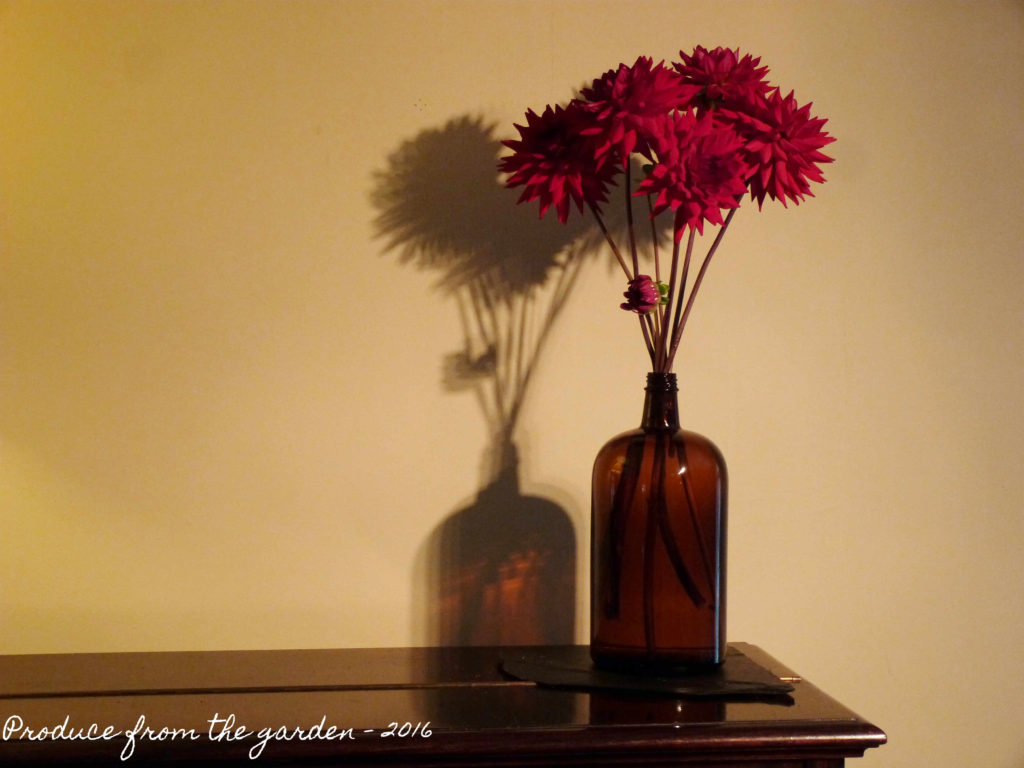 Long stemmed dahlias looking stunning on the piano
Long stemmed dahlias looking stunning on the piano
Most of my vases are up-cycled. Before I put any glass container in the re-cycling I consider its flower worthiness. Your supermarket shop can inadvertently provide you with beautifully shaped glass containers, spice and mustard jars often come in perfect vase shapes. I also love home scent reed bottles, which are great as single stem vases. You just need to keep your eyes and mind open, even if the potential flower vessel is in a rotten smelly state!
There are two ways to create a wild flower meadow, one which will take some time, effort and money, the other is quick, easy and cheap. Bet you can guess which option I took!
If you want perfect swaths of meadow flowers reminiscent of the amazing wildflower landscaping around the London Olympic park in 2012, I recommend the first option; stripping turf, rotavating, sowing special seed mixes and ta-da, you’ll be rewarded with a fabulous meadow; well in the first year, you might be a bit disappointed in the second, still a great meadow but it won’t self sow quite as prolifically as previously.
If you’re just after an area of garden that looks naturalistic with a few wild flowers and is a haven for wildlife, save yourself some time and money and go with my favoured second option.
For most wild meadow flowers to thrive the soil needs to be poor in nutrients, so a well tended, manure enriched part of the garden is not going to work that well, if this is what you’ve got, go for poppies and a cut flower annual mix which will give you a pretty garden meadow effect.
The perfect spots are often already grassed, in the past I created a lovely meadow in a mini orchard at our old house. Now I want to recreate the effect along the banks of our ditch and pond. This is an area we leave to its own devices, just regularly mowing a path and strimming the longer grass once a year in August. It’s already a haven for wildlife but we’d like to attract more and add some colour to enhance the walk around the pond.
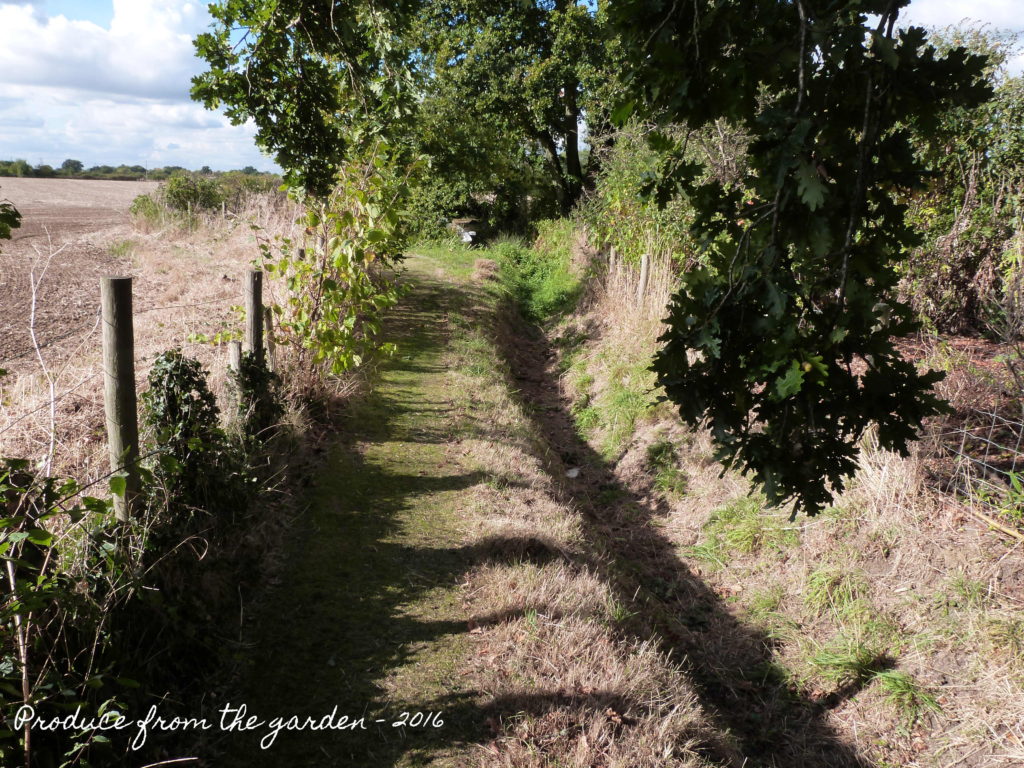 I plan to have a wild flower strip along the side of the ditch, in the rough grass to right of the path
I plan to have a wild flower strip along the side of the ditch, in the rough grass to right of the path
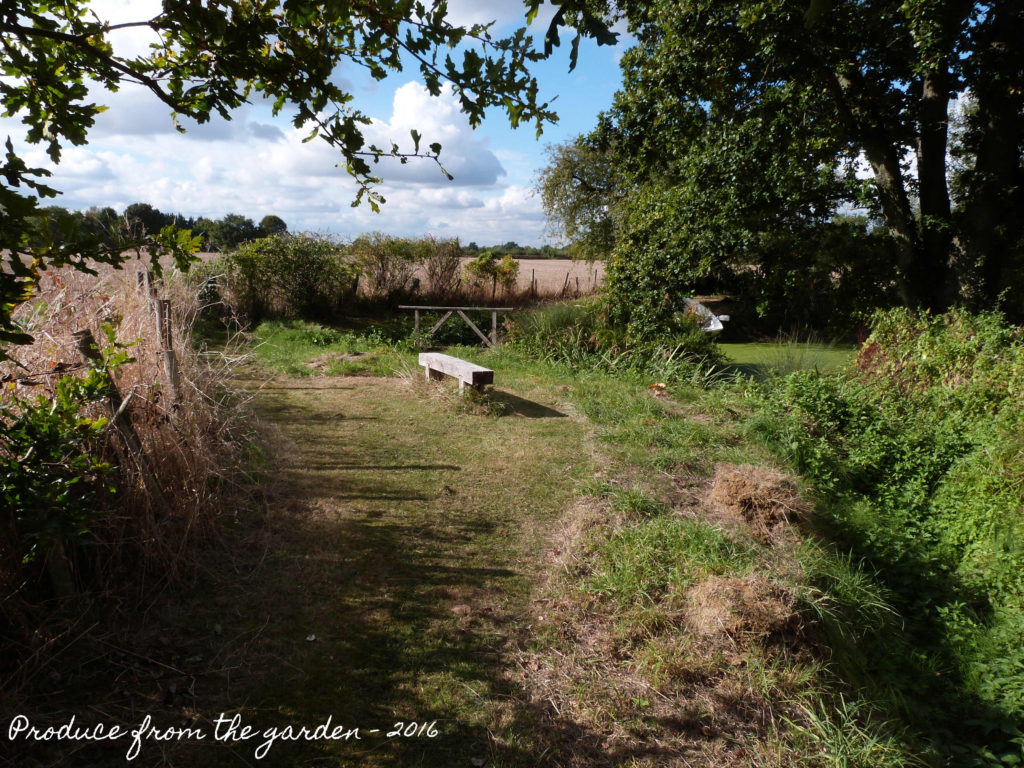 The wild flower strip will extend along the ditch, around the pond where you can see the rough grass
The wild flower strip will extend along the ditch, around the pond where you can see the rough grass
To give wild flowers the chance to thrive they need a bit of space, lush thick grass is going to smother any self respecting wild flower when it attempts to set seed. A clever solution to this problem is to grow Yellow Rattle, this pretty yellow flower is parasitic on grass roots extracting water and minerals. In the past it was hated by farmers as Yellow Rattle can reduce a hay crop by 50%. This is just what we’re after. If the Yellow Rattle does start to take over, deterring wild flowers you can just cut it back before it sets seed one year. The trick is to sow Yellow Rattle seed now in Autumn as it needs a long period of chill to enable germination in Spring. The easiest way to sow Yellow Rattle is by scrapping away a small patch of grass, digging the soil so it’s not too compact, watering and then sprinkling a few seeds. Repeat this every few feet in the area you want to establish a meadow.
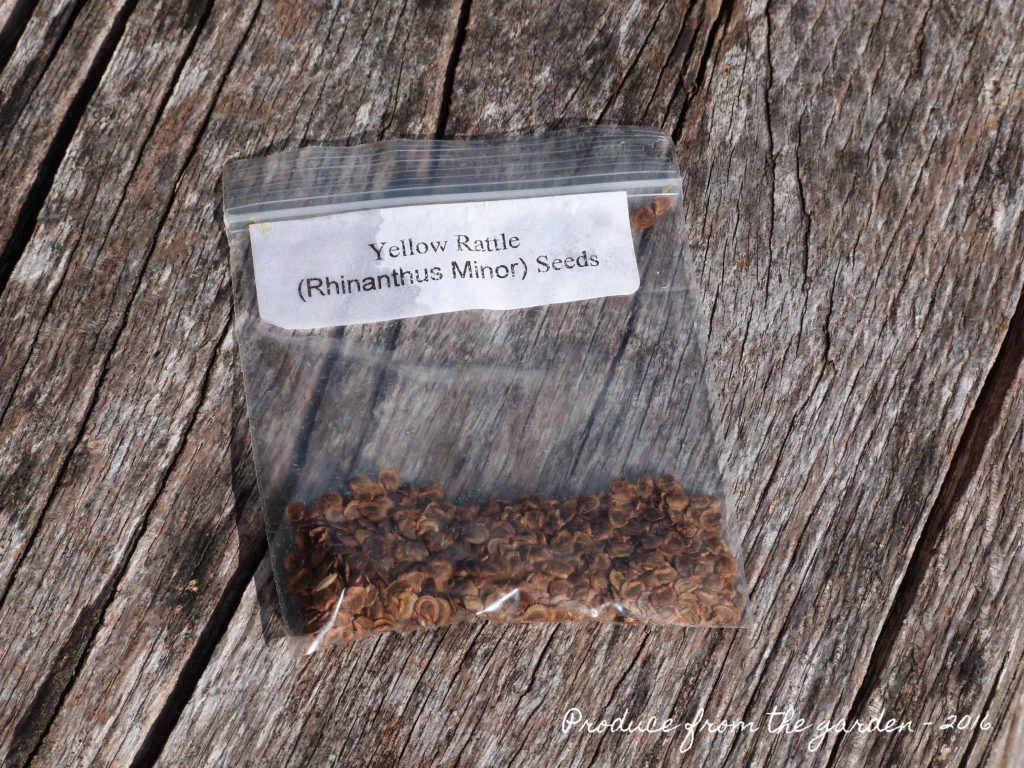 A packet of 600 Yellow Rattle seeds for £1.80
A packet of 600 Yellow Rattle seeds for £1.80
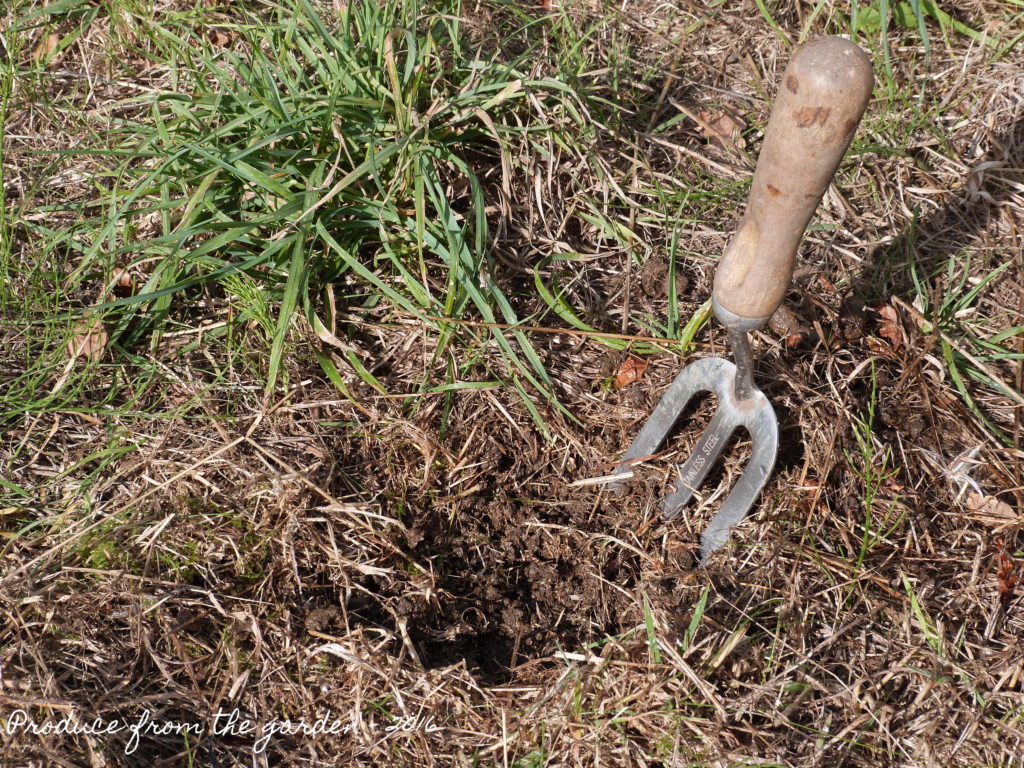 One of the little patches ready for Yellow Rattle to be sown in
One of the little patches ready for Yellow Rattle to be sown in
I then wait till spring to sow wild flower seed into pots with low nutrient seed compost. Once established in early May, I then pot out into the meadow area, allowing them to thrive and set seed starting the annual cycle of a wild flower meadow.
After the meadow is planted there is just one rule. Cut the meadow once a year in late July/ August, after flowering, leave the ‘hay’ to dry, allowing seed to disperse and set for next year. After a week or so remove the hay as you don’t want it to rot down into the soil adding nutrients.
I look forward to posting some blooming meadow pictures early next summer.
Below are some suggested wild flowers for different sites:
Woodland / shaded area
Wood Sage
Hedge Garlic
Hedge Woundwort
Herb Bennet
Nettle Leaved Bell Flower
Ragged Robin
Red Campion
Self Heal
Square St Johns Wort
Sweet Cicely
Upright Hedge Parsley
Wild Angelica
Wild fox glove
Wood Sage
Clay soils in an open aspect
Autumn Hawkbit
Betony
Birdsfoot Trefoil
Corn Poppy
Cowslip
Goatsbeard
Lady’s Bedstraw
Lesser Knapweed
Meadow Buttercup
Meadow Vetchling
Musk Mallow
Ox Eye Daisy
Ragged Robin
Ribwort Plantain
Self Heal
Common Sorrel
White Campion
Wild Carrot
Yarrow
Yellow Rattle
Wild Clary
Sandy soils in an open aspect
Agrimony
Meadow Cranesbill
Birdsfoot Trefoil
Corn Poppy
Dark Mullein
Kidney Vetch
Lady’s Bedstraw
Meadow Buttercup
Musk Mallow
Ox Eye Daisy
Ribwort Plantain
Self Heal
Sorrel
White Campion
Wild Carrot
Yarrow
Yellow rattle
Chalk Soils in an open aspect
Birdsfoot Trefoil
Common Vetch
Corn Poppy
Cowslip
Dropwort
Kidney Vetch
Lady’s Bedstraw
Meadow Buttercup
Meadow Cranesbill
Musk Mallow
Ox Eye Daisy
Rough Hawkbit
Ribwort Plantain
Salad Burnet
Self Heal
Common Sorrel
Small Scabious
Wild Carrot
Wild Marjoram
The low, warm, golden, autumn sun has lured me out into the garden, the morning rays highlighting blooms, transforming them into beautiful jewels.
I tried to capture the magical atmosphere with pictures, but sadly they don’t quite compare to the real thing.
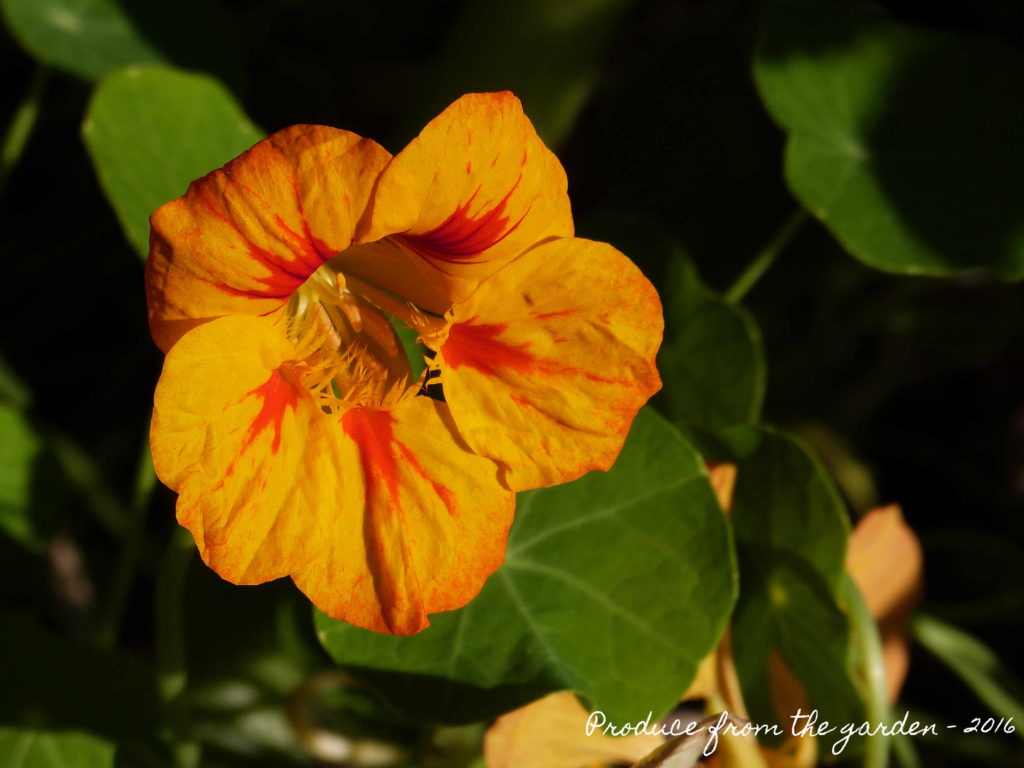 A nasturtium radiating the golden light
A nasturtium radiating the golden light
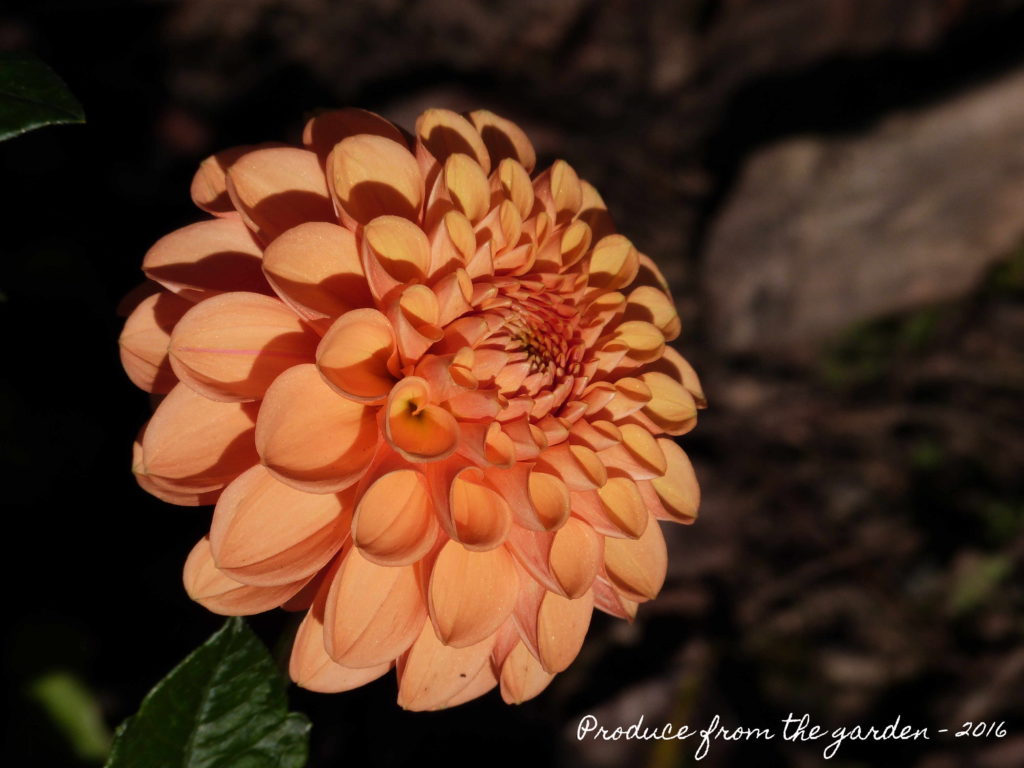 Dahlia – Halloween, looking as spooky as a dahlia can get!
Dahlia – Halloween, looking as spooky as a dahlia can get!
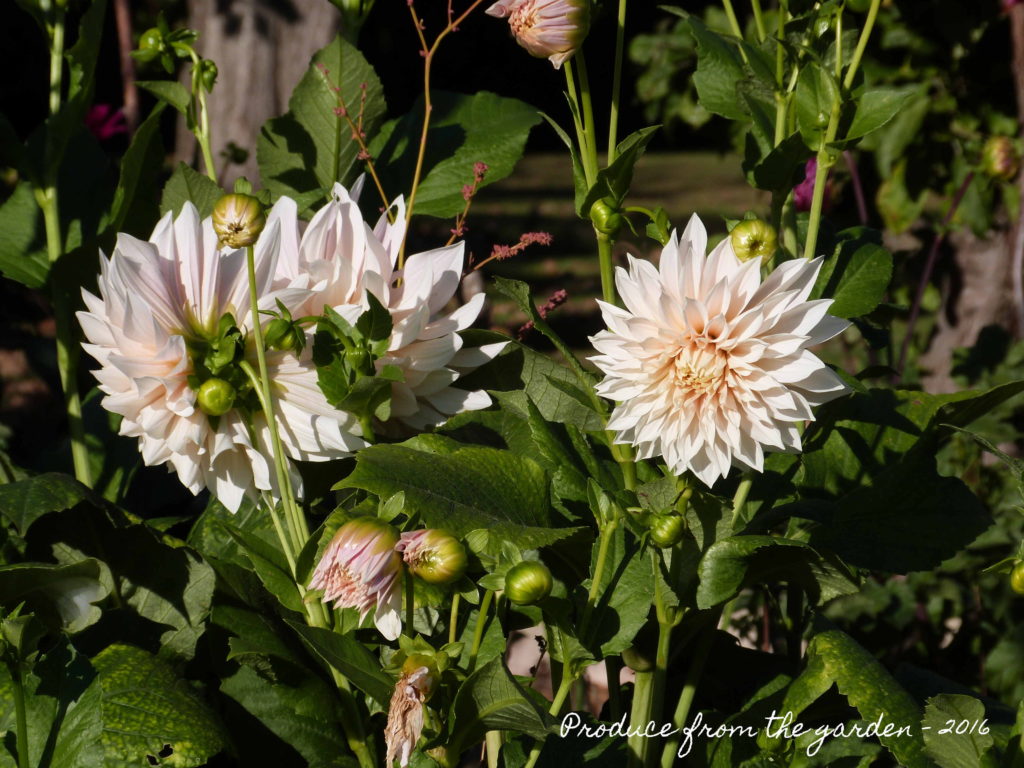 Dahlia, Cafe au Lait, shouting ‘put me in vase’!
Dahlia, Cafe au Lait, shouting ‘put me in vase’!
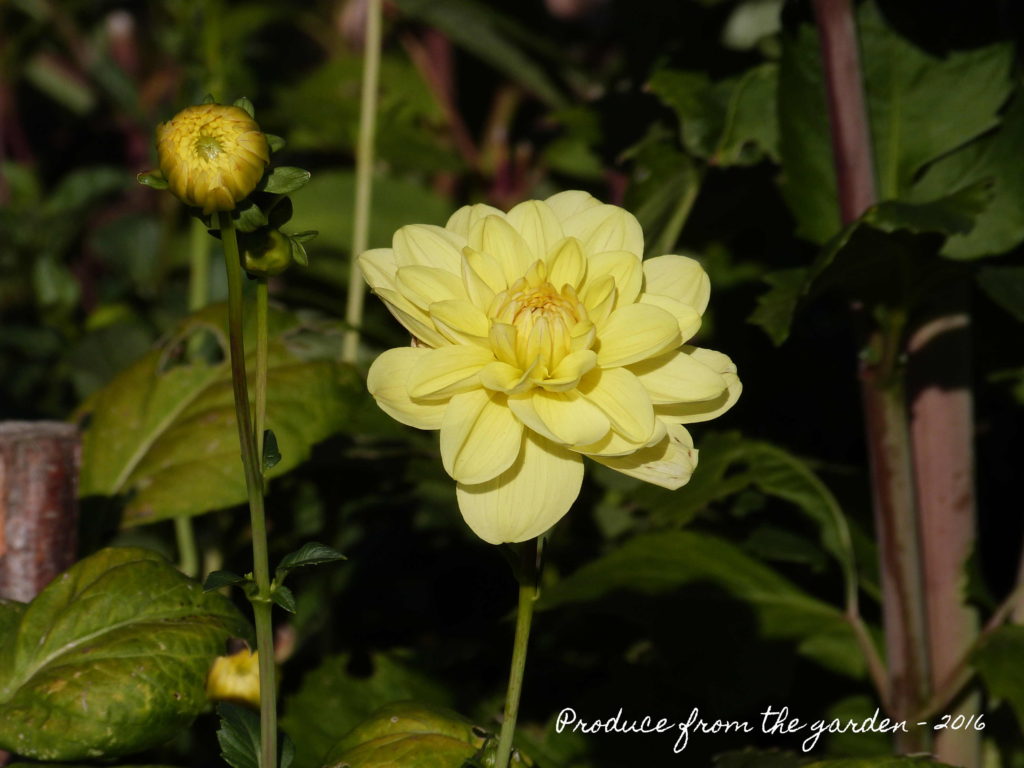 Dahlia, unknown. Looking very elegant.
Dahlia, unknown. Looking very elegant.
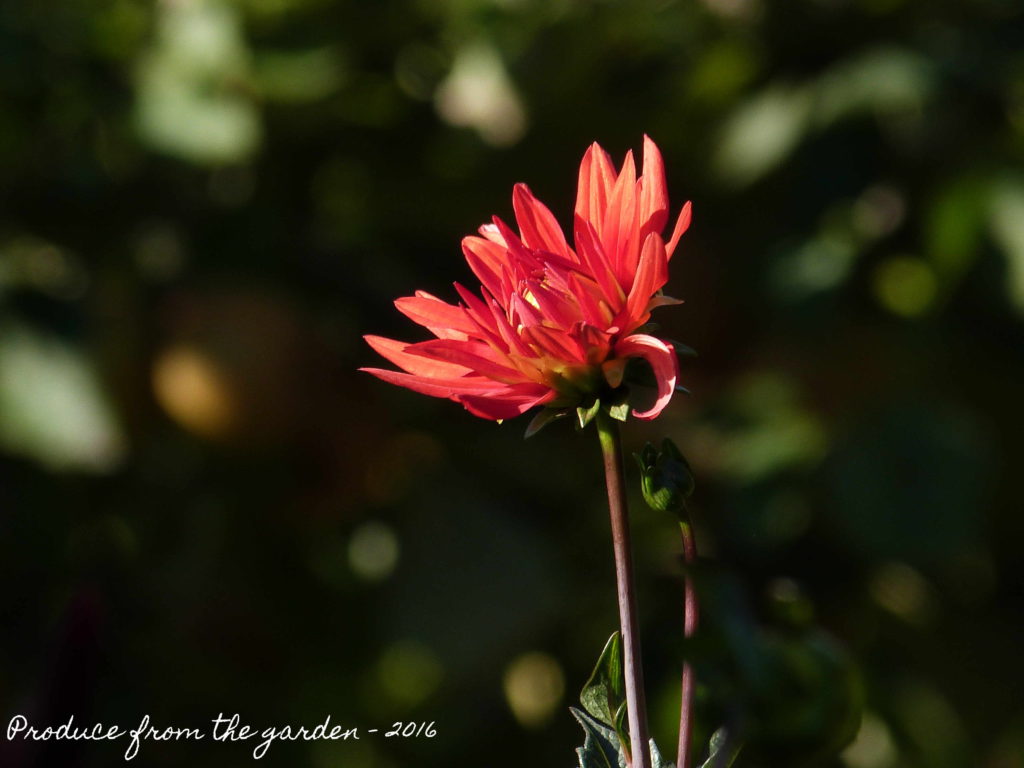 Dahlia Selina, which was glowing in the sunlight
Dahlia Selina, which was glowing in the sunlight
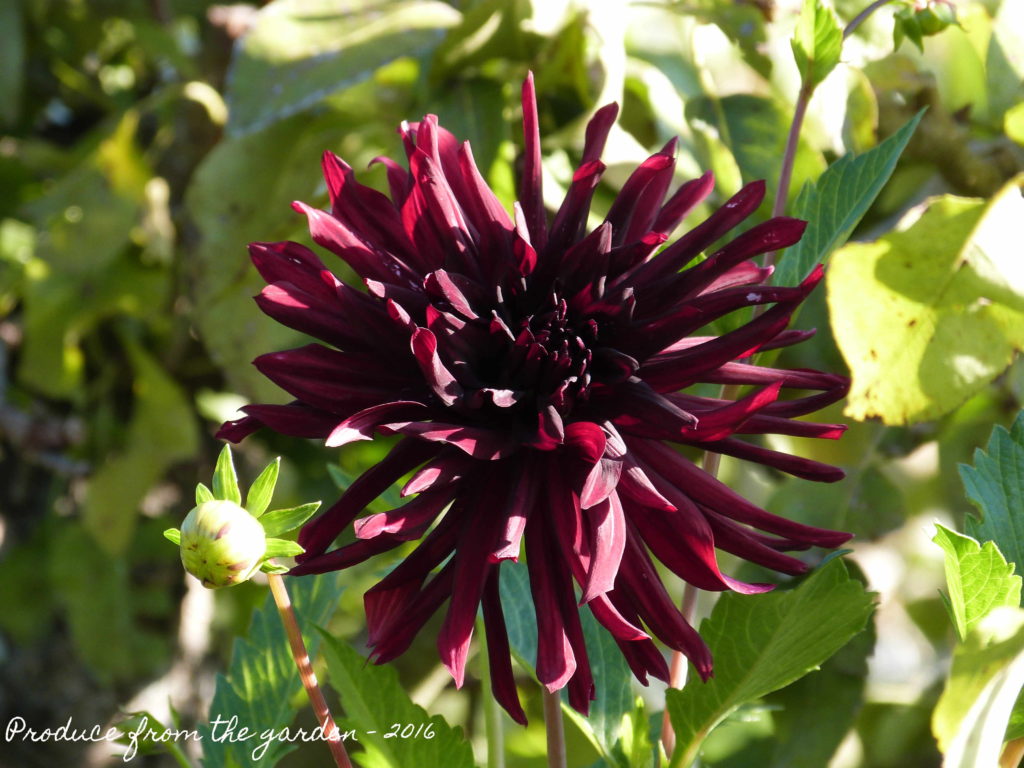 Dahlia Rip City, looking mighty fine!
Dahlia Rip City, looking mighty fine!
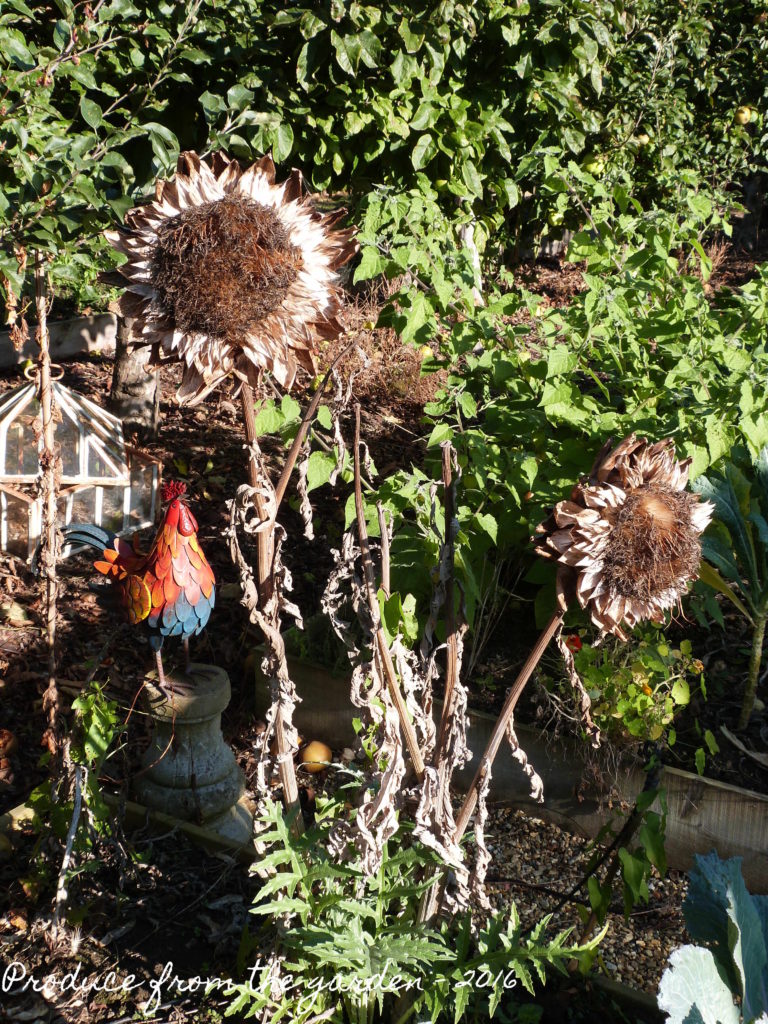 Dried artichoke flowers that will give sone winter structure to the kitchen garden
Dried artichoke flowers that will give sone winter structure to the kitchen garden
We’re enjoying the autumn bounty from the garden. Squashes are not only a delicious kitchen delicacy that’ll store throughout the winter. They also make gorgeous table decorations. The usual bunch of garden flowers have made way for a platter of squashes, their colours are inspiring, with fabulous depth, more enticing than a Farrow and Ball colour chart!
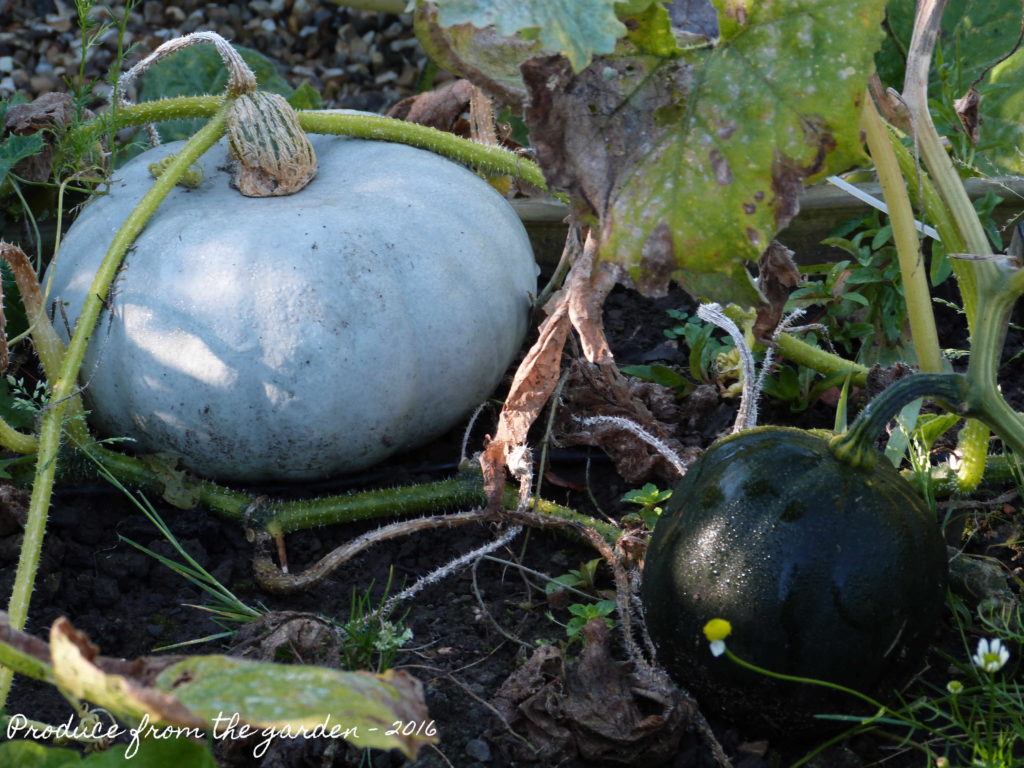 Crown Prince and Honey Bear, ready to be harvested
Crown Prince and Honey Bear, ready to be harvested
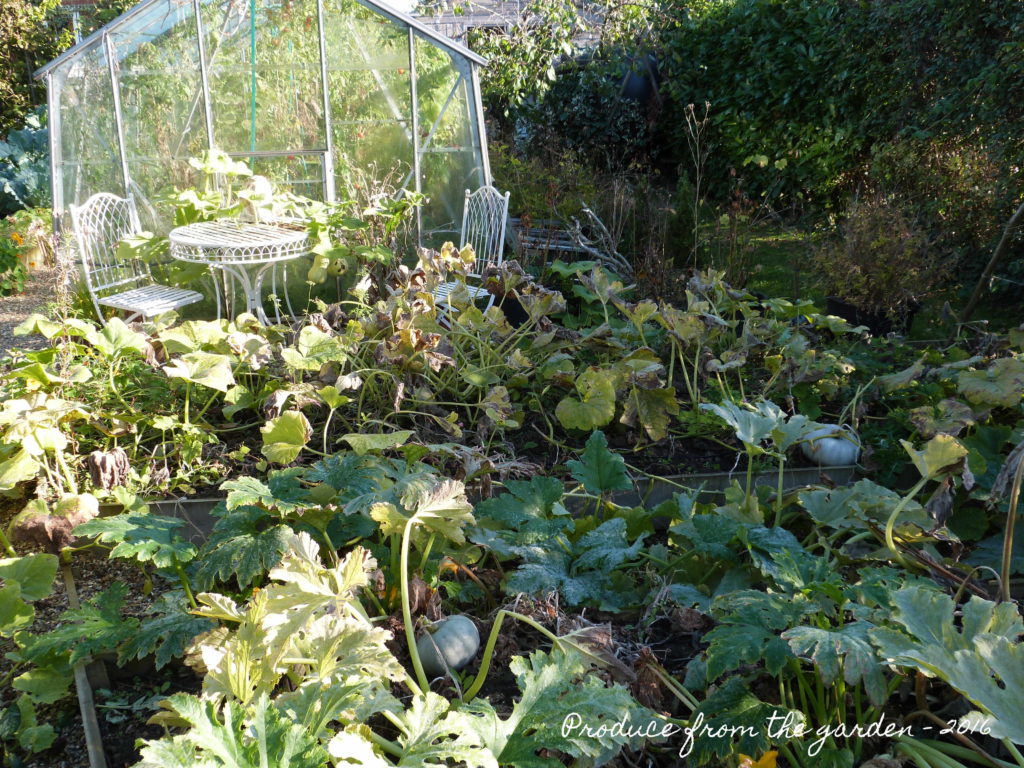 My Squash and courgette jungle!
My Squash and courgette jungle!
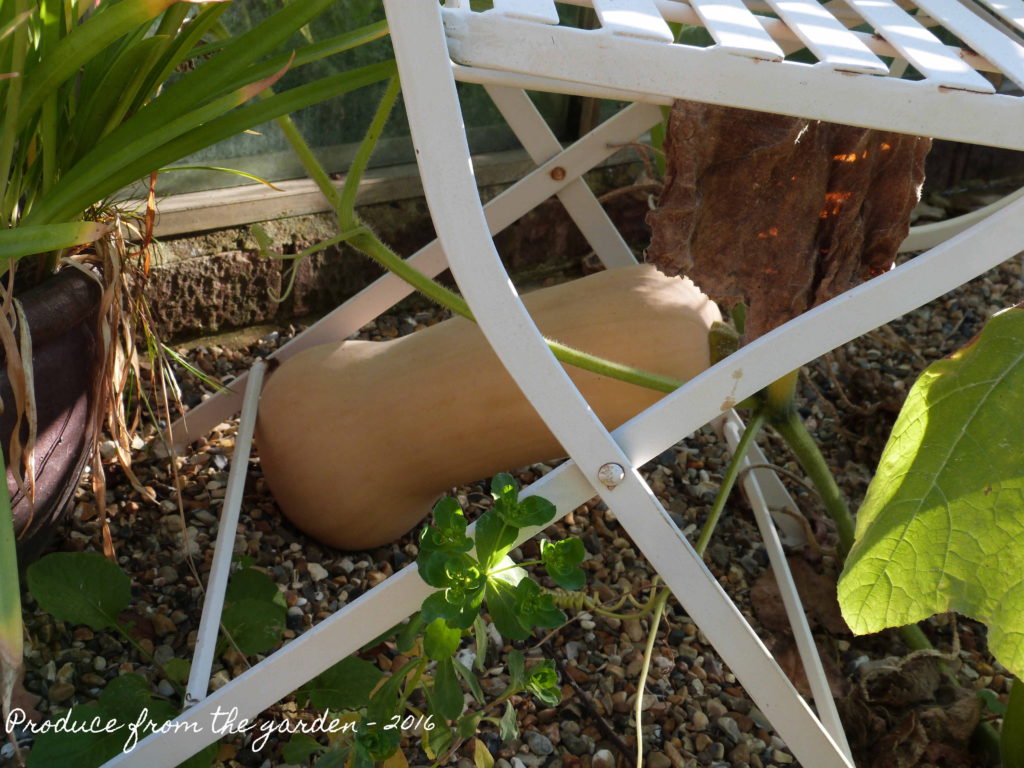 This fella sucessfully took my chair out of action this summer!
This fella sucessfully took my chair out of action this summer!
Every year I grow a few Cape Gooseberry (Physalis) plants; there orange fruits encased in a paper lantern have a unique zing which I find very moreish. They can also be served as an indulgent treat by pealing the paper lantern back to reveal the berry which can be half submerged in melted chocolate then allowed to dry, delicious!
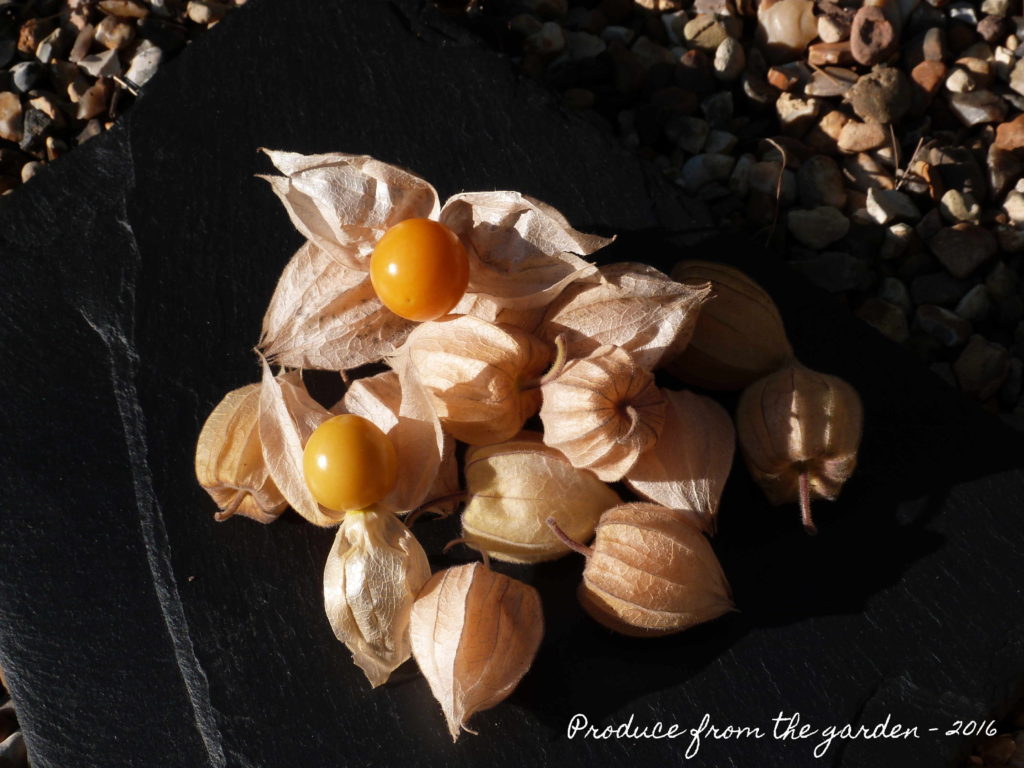 A few Cape Gooseberries, a yummy garden snack
A few Cape Gooseberries, a yummy garden snack
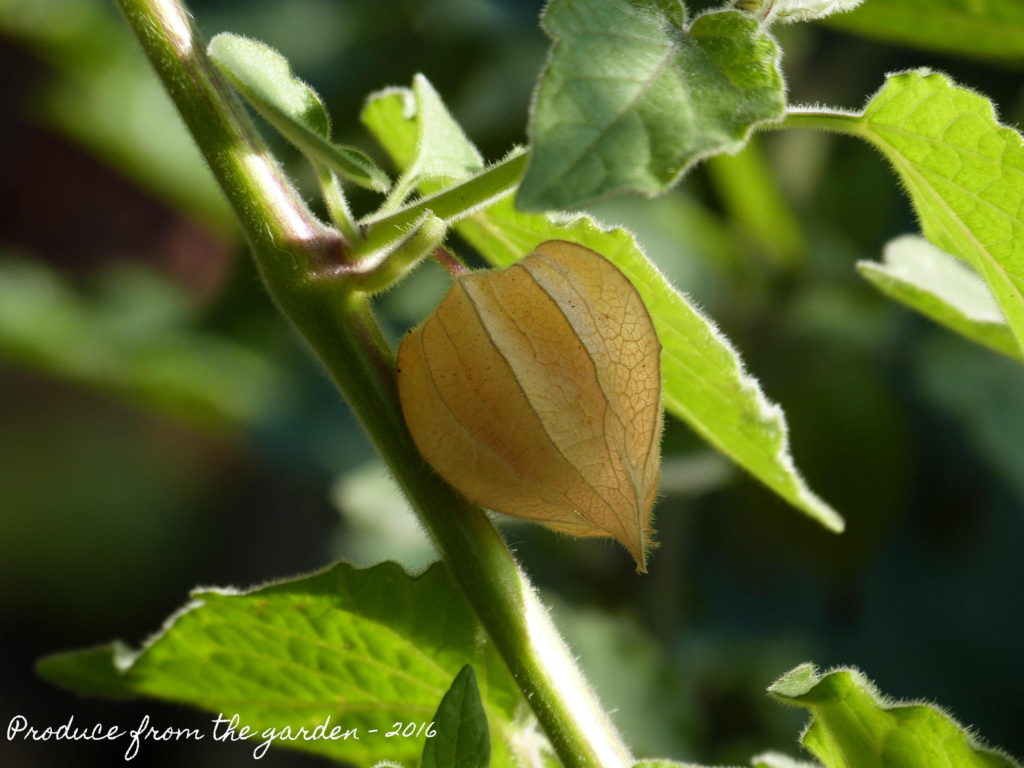 The delicate Cape Goosebery lantern
The delicate Cape Goosebery lantern
My apple thinning quest earlier in the year has paid off. The boring tedious task of thinning bunches of apples down to a pair has meant we have a lovely crop of apples this year.